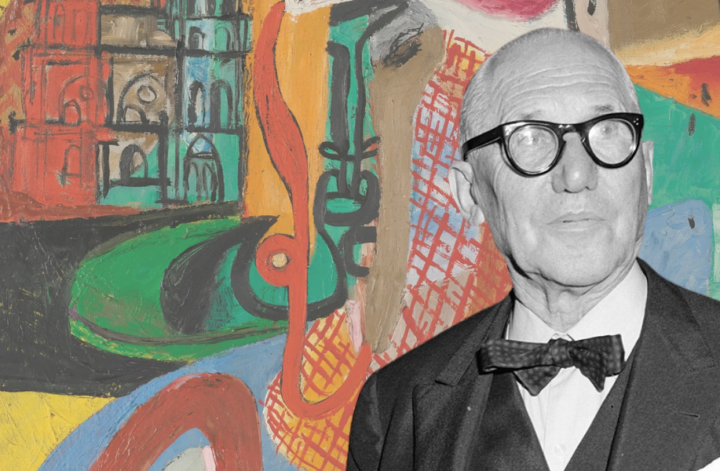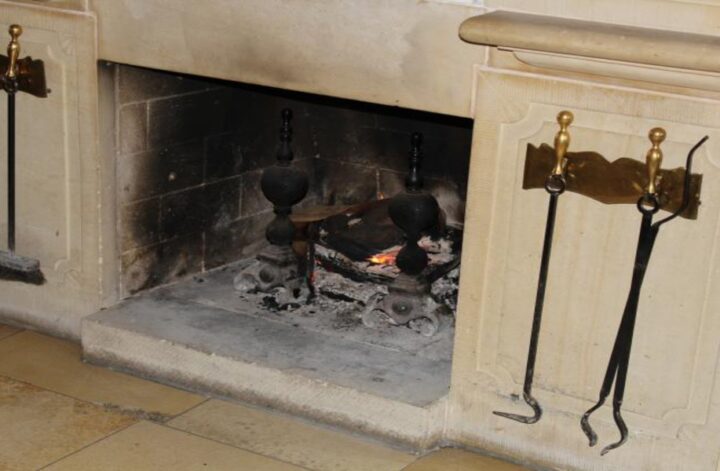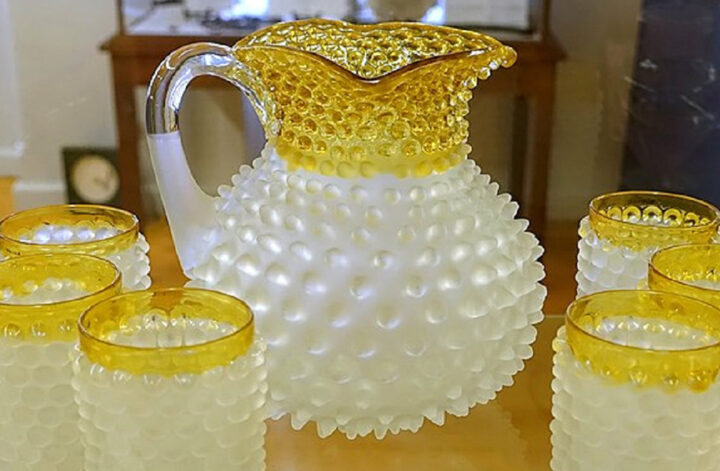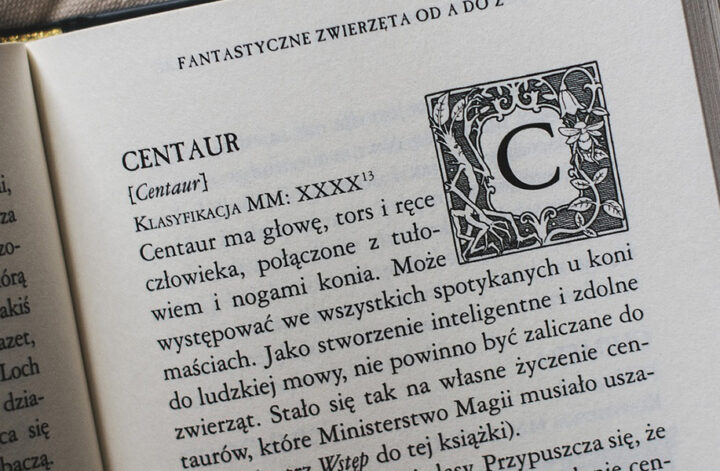Le Corbusier was an architect, designer, painter, writer, and urban planner, regarded as one of the pioneers of modern architecture. He is known for developing the Five Points of Architecture, a guide for modern architecture, and for so much more. His story starts in Switzerland…
Born Charles-Édouard Jeanneret in Switzerland in 1887, he moved to Paris in 1917. By 1930, he had gained French citizenship and set up an architectural practice with his cousin Pierre Jeanneret. They remained in partnership until the 1950s. Le Corbusier was best known for his architecture. Although he had no formal training, he won multiple design awards. His work as an architect spanned almost five decades and five continents.
Upon moving to Paris, Le Corbusier he initially painted. His paintings were geometric, industrial, and modernist in style and very different from the more subtle and romantic styles of painting popular in prior years. Cubism was taking hold of the art world, and Édouard’s art was in line with the great artists of the day.
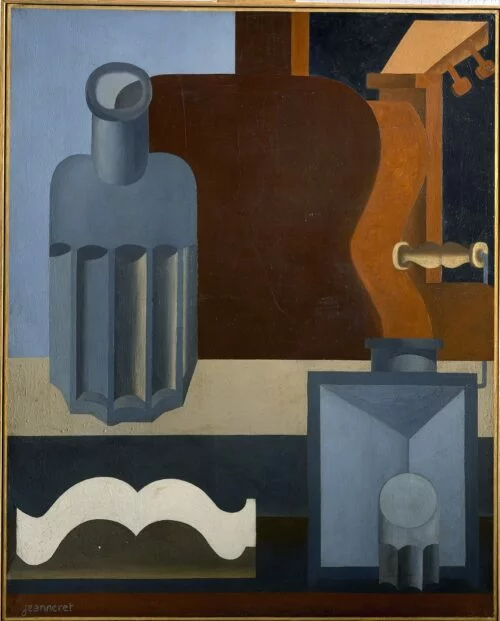
He and his cousin Pierre set up their studio in 1922, starting out by designing houses and their interiors. He also began to design furniture. His most famous piece of furniture design is the LC4 Chaise Longue, made of chrome plated tubular steel and leather and now simply known by its nickname, the Le Corbusier lounge. Although the design has modern style and would fit in any modernist home today, it was originally created in 1927.
During these years he began to write books. His first published book was on Cubism, Après le cubisme (After Cubism) (1918). From there, he began to write about architecture. Le Corbusier continued to write through to the 1960s.

His work creating the Esprit Nouveau Pavilion for the 1925 Paris International Exhibition of Modern Decorative and Industrial Arts was panned at the time for being too sparse and undecorated. He reviled the overly decorative objects and useless items of the more traditional style. Eventually his abhorrence of overly decorated items was adopted by the mainstream, and his term for his austere style “Art Deco” was adopted as well.

Throughout the war years, he mostly wrote. Although he tried submitting designs for various high profile building, none were conceived. His bare boned unusual ideas were rejected over and over again. For ten years he built nothing. Then, in 1947, he was commissioned to design and build the Únite d’Habitation in Marseille, France. His boxy composition created living space for 1,600 people and included such on site amenities as shops, restaurants, nursery schools, and recreational areas. The popularity of his creation lead to several more similarly designed buildings over the next several years.
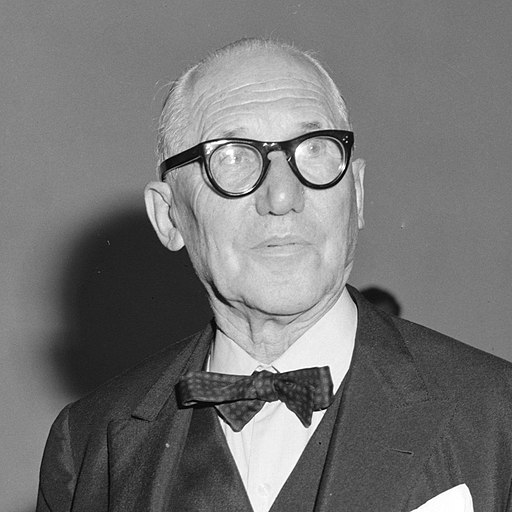
Picking up where American architect Albert Mayer left off, and working with both his cousin Pierre and British designers Maxwell Fry and Jane Drew, he designed the Indian city of Chandigarh in the early 1950s. His role as architect advisor allowed him to become in effect the city planner on a large scale.Chandigarh was one of the first planned cities following the independence of India after 89 years of British Rule.
Along with Oscar Niemeyer, he created the design for the United Nations Building in New York in 1947. Throughout the 1950s and early 1960s, he designed and built several diverse projects worldwide, from tiny holiday cabins on the Mediterranean to the National Museum of Modern Art in Tokyo. Le Corbusier died while swimming on the French Riviera in 1965. He was 77 years old. Seventeen of his projects have been included in the list of United Nations Educational, Scientific and Cultural Organization (UNESCO) sites across seven countries.
Research for this post can be found at the following websites:
Arch20 – 14 Interesting fact you probably didn’t know
Britannica Biography Le Corbusier
![]()

